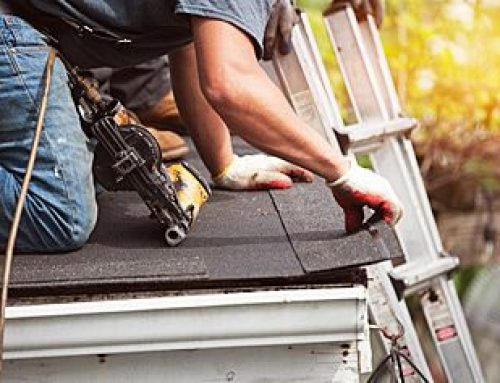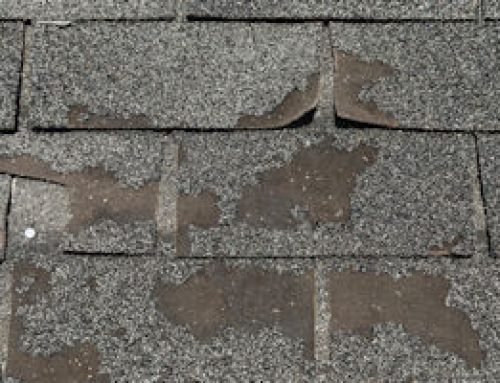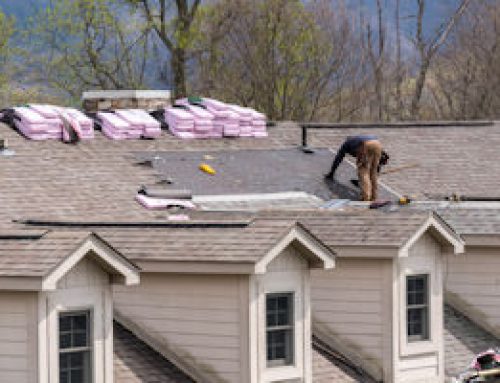Even small hail storms can cause big damage to your roof.
Most homeowners may not realize the lasting damage hail causes because it often seems insignificant at the time.
Hail damage is a problem that only gets worse over time until you hire proper roof repair and installation services.
Knowing how to spot hail damage early allows you to call for a repair sooner which can keep the repair costs to a minimum.
4 Major Signs of Hail Damage
The nature of the damage on your roof will vary based on your type of roof material. Hail damage tends to be more obvious on roof types like metal and less obvious on asphalt shingles.
There is no need to attempt climbing your roof for inspection when most roofing contractors in TX offer free roof inspections.
Instead, look for these general signs that indicate hail damage on your roof.
1. Dented Gutters – One of the easiest places to spot hail damage is on the gutters and should be the first place to look for any signs of damage. If you notice cracks or dents in your gutters, the hail likely also caused damage to your roof.
2. Roofing Material in the Gutters – After a hailstorm, check the ground and gutters for any accumulation of roofing materials.
Most commonly, these will be granules from asphalt shingles. Granules are tiny bits of stone on your shingles that can be knocked off when hit by a hailstone.
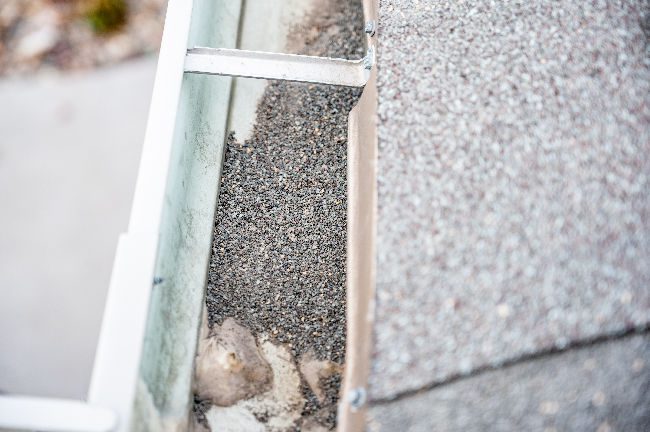
3. Dents in Shingles – Look at your roof from ground level to see if you can spot any dents. This will look like small darkened areas or “bruising”. Denting is usually deeper than just cosmetic and a professional can inspect the surface of the roof and assess if the damage is more extensive.
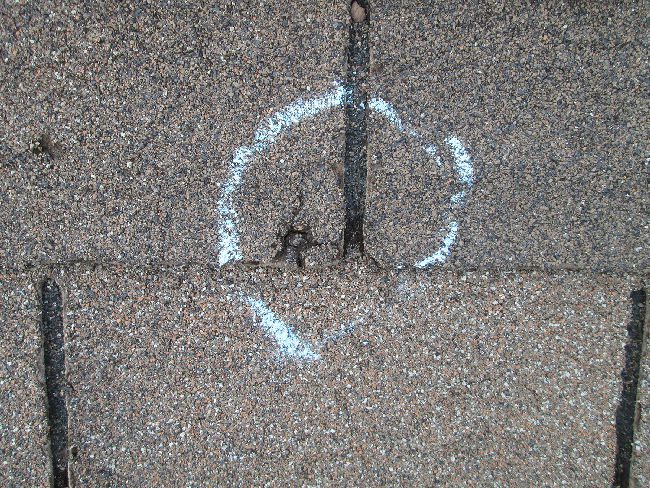
4. Water Spots – You may also be able to spot damage from inside the house. Severe hail damage may cause leaking and subsequent water damage in the attic. If this has occurred, the integrity of your roof may be compromised and it’s important to call for an inspection as soon as possible.
Other Signs of Hail Damage on your Property
When it is difficult to see damage on or near the roofline, you can assess hail damage from other areas on your property.
We do not recommend climbing on top of your roof to look for hail damage, instead check these easy-to-see areas.
If any of these are dented or damaged, then there is a good chance your roof is damaged as well.
- Window/door screens
- Garage door
- Shutters or pillars
- Electric meter
- Outdoor HVAC unit
- Grill
- Mailbox
- Car
Factors That Determine the Impact of Hail on Your Roof
One storm may cause significant damage to your roof while another may have little to no impact.
Several important factors affect how much damage your roof may suffer.
These factors are all difficult to predict and some are impossible to prevent, so it’s important to have your roof inspected regularly.
- Wind Direction – When you combine hailstones with forceful winds, you get a significantly stronger storm compared to free-falling hail. This increased impact of energy affects the concentration and scope of the damage. Typically, the roof slope facing the direction of the oncoming hail suffers the most damage.

- Construction Quality – Poor installation will always lead to problems down the road. Shingle roofs are made to withstand the elements, but poor construction leaves them more vulnerable to damage from hail.
- Type of Roof Material – Some roof materials are more resistant to impact than others.
For example, aluminum roofing, wood shakes, and asphalt shingles may be more susceptible to dings and cracks than harder roofing materials.
- Size and Density – The size of hail may range significantly. One storm may bring hail about the size of a pea while another could be the size of a softball. Hail also varies by texture and may have smooth or rough edges. The physical features of the hail make a difference in how much damage it may cause.
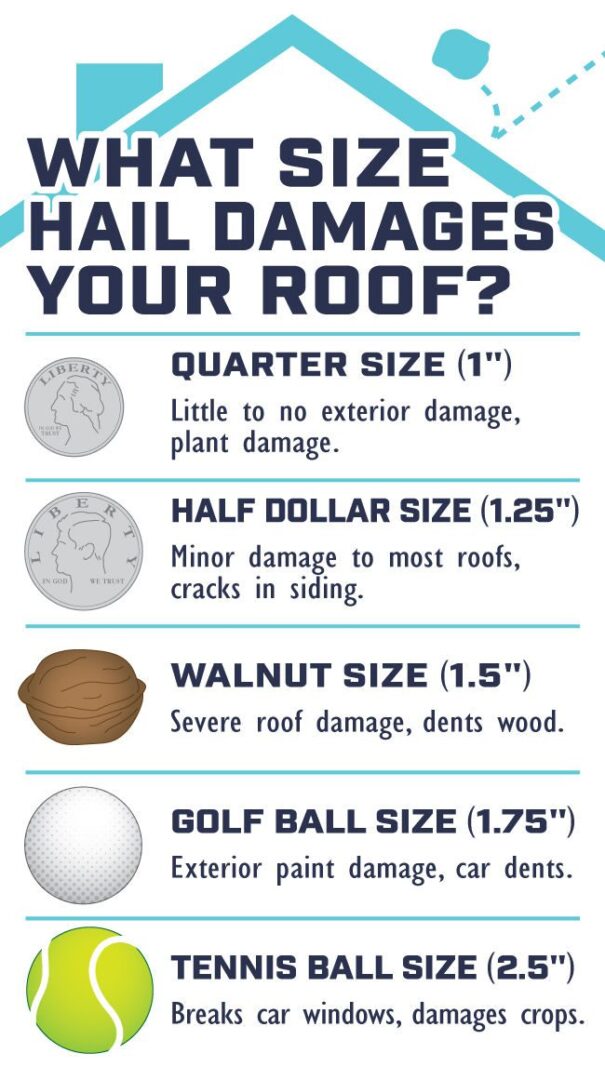
2 Ways To Minimize Roof Damage Caused By Hail
While some roofing materials absorb the impact from hail better than others, no roof is completely immune to hail damage.
There are two effective ways to mitigate the damage your roof will sustain before the storm hits.
- Install Stronger Roofing Materials – Stronger materials, thicker metals, and impact-resistant shingles can protect residential roofing systemsif you live in an area prone to repeated hail storms.
- Schedule Regular Inspections – Routine and timely inspections are vital to mitigating hail damage. With a regular inspection, you can prevent serious storm damage and prepare your roof ahead of time.
Additionally, you have proof that you have cared for your roof if an insurance company attempts to claim that damage was due to disrepair. A properly maintained roof will withstand a strong storm far better than a neglected one.
What To Do When You Suspect Hail Damage on Your Roof
When the storm hits, there’s no need to panic.
Hail damage can often be remedied quickly and is usually covered by your homeowner’s insurance.
There are a few important steps to take to ensure you’re protected and your roof is taken care of promptly.
1. Find A Trusted Contractor: The first step is to get a professional contractor on your roof. Make sure to choose someone local to your area.
Chances are if a roofer comes knocking on your door asking to inspect your roof, they aren’t someone you want to work with.
Instead, make the phone calls yourself and schedule a few estimates to compare.
2. Call Your Insurance Company: Next, you’re going to need to contact your insurance company.
You cannot get the repairs done until your insurance provider has approved the scope of work.
The roofing company and an insurance adjuster will work together to determine what needs to be done, how much it will cost, and how much your homeowner’s plan will cover.
Make sure that your roofing contractor is around during inspection by the insurance adjuster to help this process go smoothly.
3. File a Claim: Once the roof has been assessed and repair recommendations are made, you’re ready to file your claim.
It will be important for you to work with both your contractor and your insurance company to ensure you’re getting the repairs you need and they will be covered by your policy.
Don’t be pressured into signing any paperwork for repairs before the claim is approved by the insurance company. Any reputable roofing contractor will only ask after the insurance claim is approved.
Hail Damage Is More Than Meets the Eye
If you have missing shingles and a broken windshield, that’s obvious hail damage.
In most cases, it’s not that obvious. It takes a trained eye to spot the smaller signs of hail damage.
If you’ve had a strong storm in your area, we recommend calling a professional to inspect your roof. Even if you don’t see any visible signs of hail damage, it’s always better to be safe than sorry.
For a free roof estimate in your area, give us a call today.

